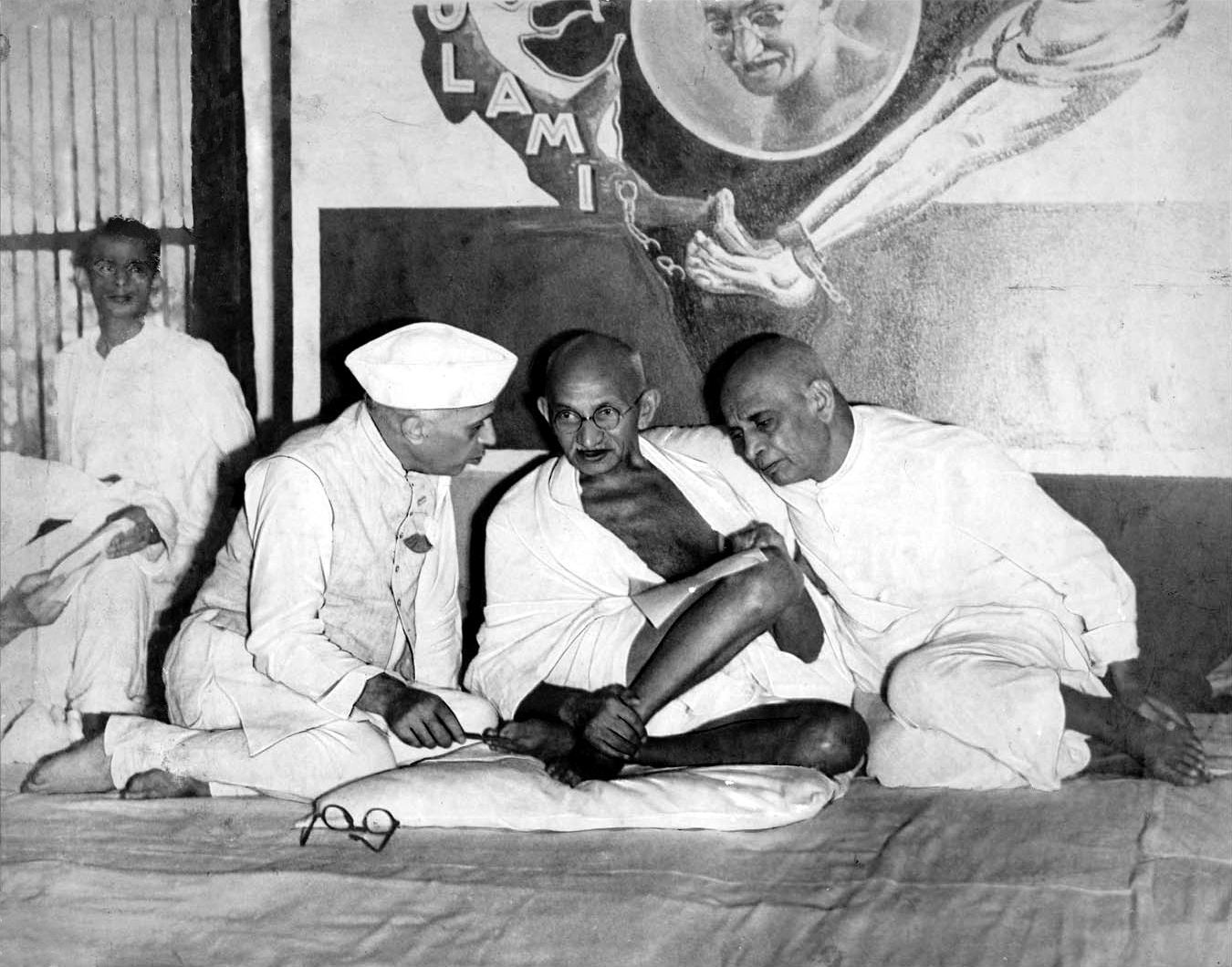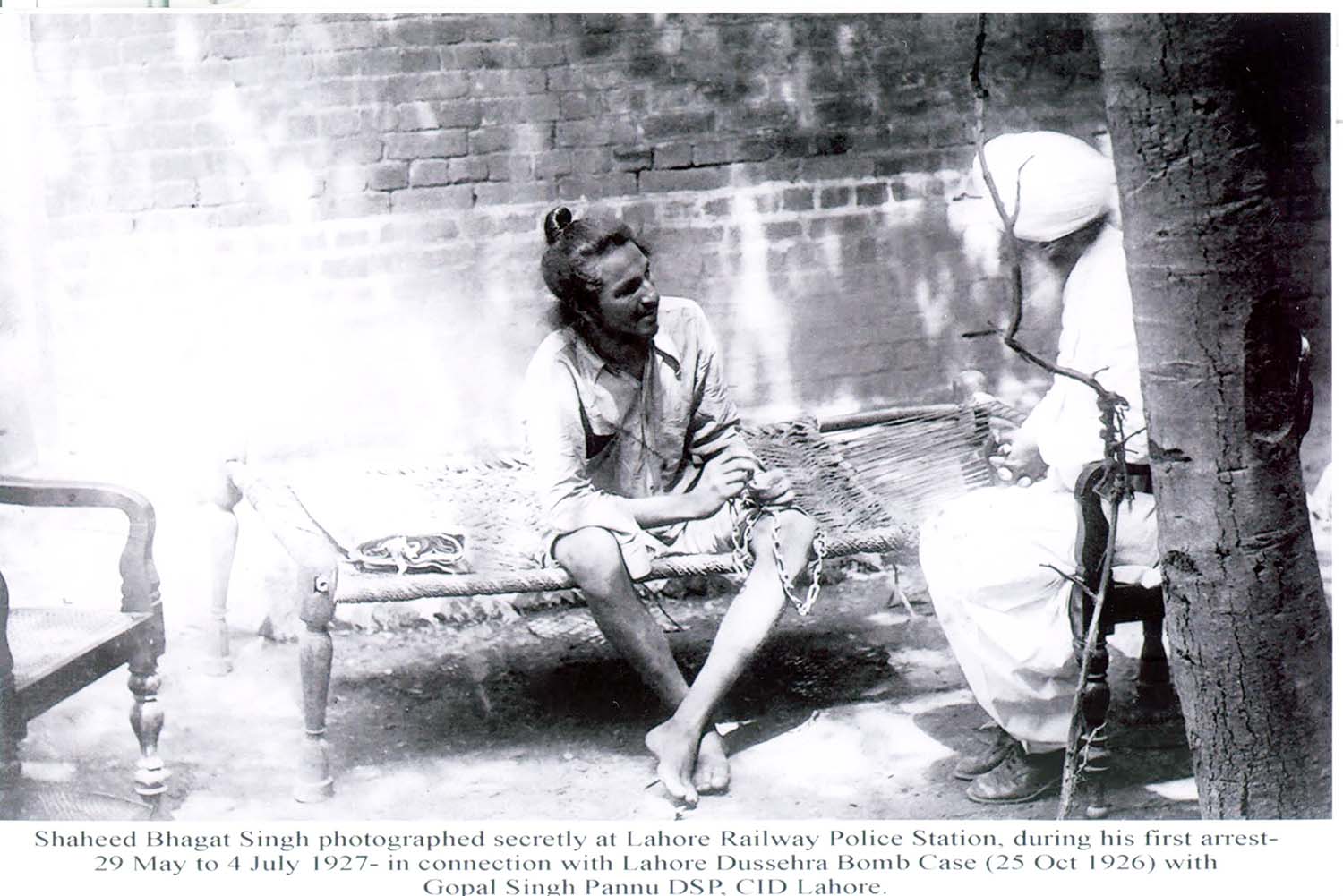In his new book, Revolutionaries: The Other Story of How India Won Its Freedom, Economist and author Sanjeev Sanyal paints a fascinating portrait of a world oblivious to the gallows. A range of revolutionary activities are boiling just below the surface being captured by the nonviolent struggle for independence. And by the end of World War II, the British would have to face the fact that these movements were not acts of defiance alone; Nor are they the result of misguided youth inspired by vague principles. In an interview with News18, Sanyal explains how organized movements with networks around the world conspired to overthrow the colonial government to achieve complete independence. Excerpts:
You have brought forth the untold history of Indian independence in this book. Were his works suitable for writing an exciting prose?
It is a thrilling tale of international intrigue, assassination plots, world wars, incredible bravery and diabolical treachery. And, it’s all true! So, it really lends itself to thriller-style prose writing. The cover attempts to capture that sentiment.
We keep hearing about such heroes who have never been written about. However, you have argued that these revolutionaries were known and talked about in later years. But their acts were seen as separate rebellions of no importance.
Armed resistance to the British colonial occupation of India is at least as important as non-violent agitation. The names of Subhash Bose, Chandrashekhar Azad, Bhagat Singh and Bagha Jatin are still remembered. Unfortunately, the mainstream narrative gives the impression that his activities were random acts of personal resistance that didn’t amount to much.
Shachindra Nath Sanyal stands out as a revolutionary who was in many ways a visionary about how independence could be achieved and about the future of the country.
Sachindra Nath Sanyal is a great man who was the mentor of three generations of revolutionaries. He was also the author of the constitution of the Hindustan Republican Association which declared for the first time in 1923 that free India would be a democratic republic based on universal suffrage. Remember that at this stage the Indian National Congress was still seeking dominion status, and even Britain had not given women the vote.
How do you see someone like Shaukat Ali who was a supporter of Sanyal but later joined the Muslim League?
Sachindra Nath Sanyal was skeptical of the Khilafat Movement as he did not like the idea of mobilizing the Muslim community on the basis of affiliation outside the country. Sanyal always preferred patriots like Ashkafullah Khan over Shaukat Ali.
You have ensured that the non-violent movement is not demonized or its role in the freedom movement is not minimised. How do you see the current distinction being made on social media between these two approaches? It is either in black or writing colors, good or bad.
Armed resistance and non-violent agitation cannot be clearly separated. Many revolutionaries from Aurobindo Ghosh to Subhash Bose actively participated in the Indian National Congress. In fact, as Subhash Bose demonstrated, he could even win elections within the Congress against the Gandhians. So the freedom struggle can be understood properly only when both the branches are kept in mind.
Another fascinating aspect is the role of Hinduism in inspiring these revolutionaries. Along with this, his comrades also included Marxists who were staunch atheists.
Hindu religious imagery played a very important role in the freedom struggle, especially in armed resistance. Revolutionaries were often initiated with a revolver in one hand and the Bhagavad Gita in the other by taking an oath in front of a picture of Goddess Kali/Bhavani/Durga. Similarly, the Arya Samaj was an important source of volunteers. By 1930, there were very few Marxists in India and even Bhagat Singh would write on death row that he was virtually the only atheist in the movement.
Marxist ideas spread in the 1930s and some would leave the revolutionary movement to join the Communist Party of India. The CPI was controlled by British/Russian communists who encouraged new recruits to cooperate with the colonial government. However, some Marxists retained the spark of resistance – and they later founded the Revolutionary Socialist Party.
Finally, the withdrawal of the Non-Cooperation Movement by Mahatma Gandhi was a defining moment in history. After it ended, many revolutionaries became disillusioned with his methods. Was there room for an entirely different alternate history, if the movement had initially gone through?
It is impossible to know what would have happened if Gandhi had not abruptly called off the movement after Chauri Chaura. It is possible that Britain would have been forced to grant independence to India as early as the 1920s. This is what happened in Ireland. However, some completely different sequence of events could also have happened. We certainly know that many revolutionaries and even Congress stalwarts were deeply disappointed with Gandhi’s decision.
This is Sanjeev Sanyal’s second book in three months. Here, let’s talk about his last book Iconic Indians:
read all Latest Lifestyle News Here


